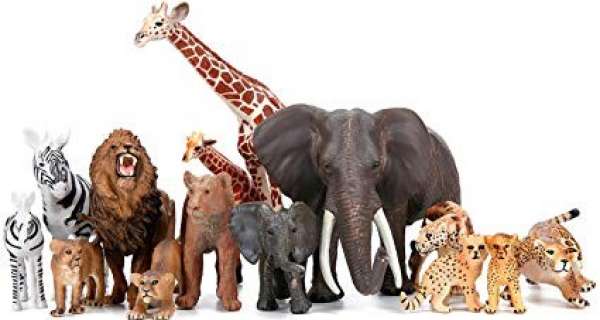All living members of the dog family are descended from a wolflike creature called "Tomarctus." This ancient canine, called "the father of dogs," roamed the earth's forests about 15,000,000 years ago.
Tomarctus itself was descended from a small, weasel-like creature called "Miacis"; it lived some 40,000,000 years ago. This creature was also the distant ancestor of the bears and raccoons. They are the dog's closest living relatives today.
While man admires and lives with the domestic dog, he usually hates and fears such animals as wolves, coyotes, jackals, and foxes. But these are called "wild dogs." Domestic dogs are brothers under the skin to wolves, coyotes, and jackals—the typical wild dogs. All belong to the foremost branch of the dog family, the genus anis. All are so closely related that domestic dogs can mate with wolves, coyotes, or jackals, and produce fertile offspring. But they cannot interbreed with foxes. Foxes belong to another branch of the canine family tree.
At some time long ago early man tamed a few wild dogs. These dogs may have been wolf cubs. Or they may have been jackals or some other member of the wild dog family. Man found that these animals could be useful.
As man became more civilized he found that the dog was a good friend and a helpful guard for his home and cattle. In time, different breeds of dogs were developed for special purposes. Dogs with long noses were bred to scent game. Keen-sighted, fast dogs were bred to chase animals. Strong, heavy dogs pulled carts. Other dogs were bred for guard work. In this way, the different breeds of dogs we have were developed.














